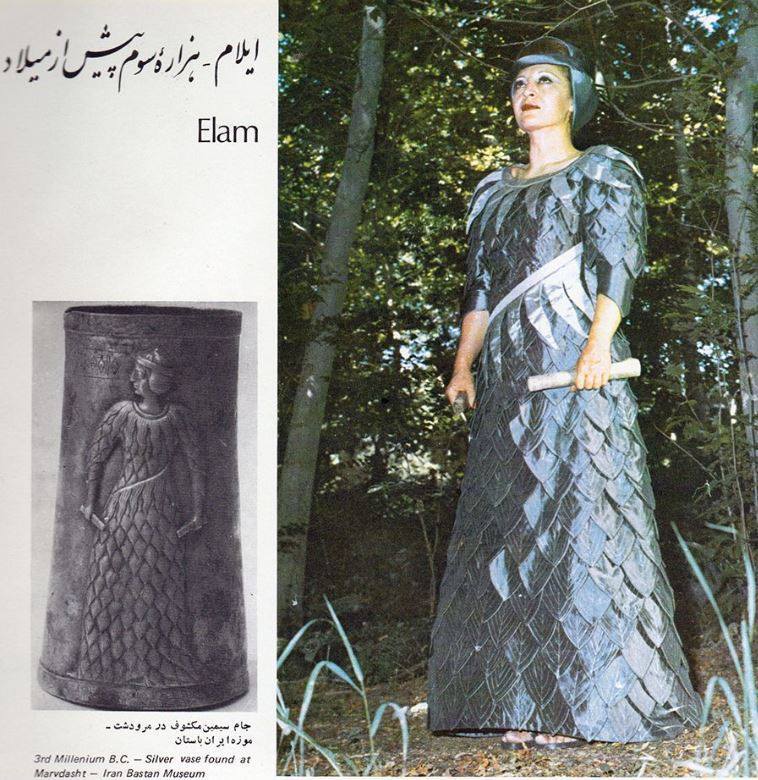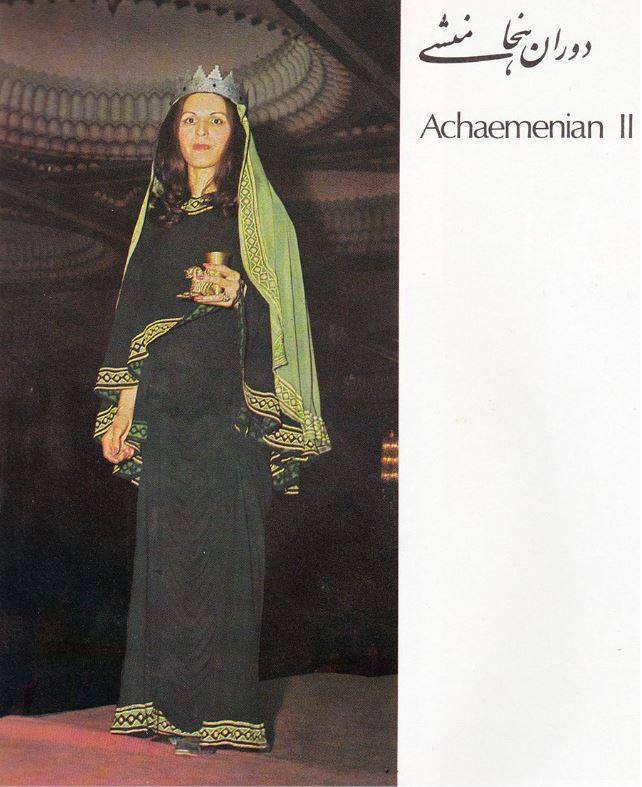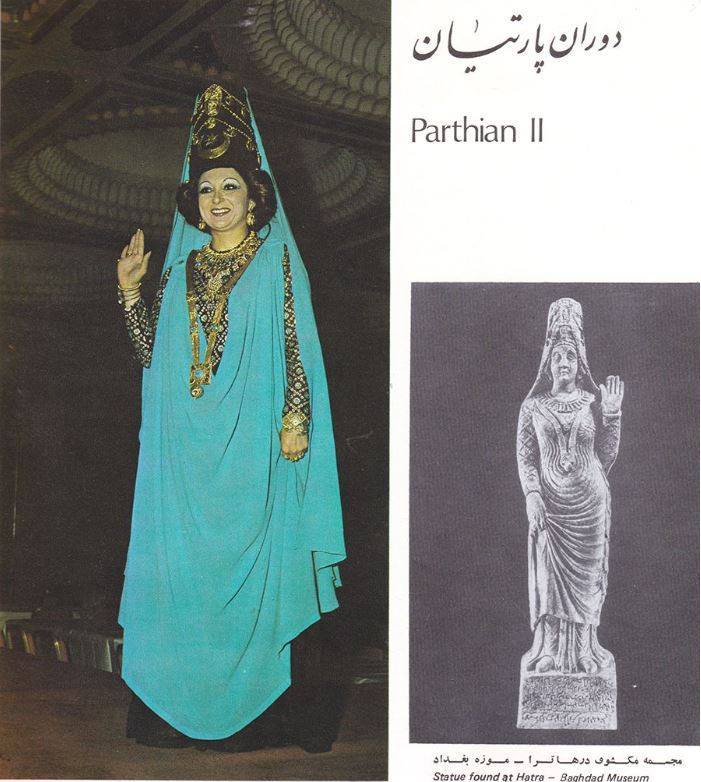2126
2127
2128
2130
2131
2132
2133
2134
2135
2136
2138
2139
2140
2143
2144
2145
2146
2147



























